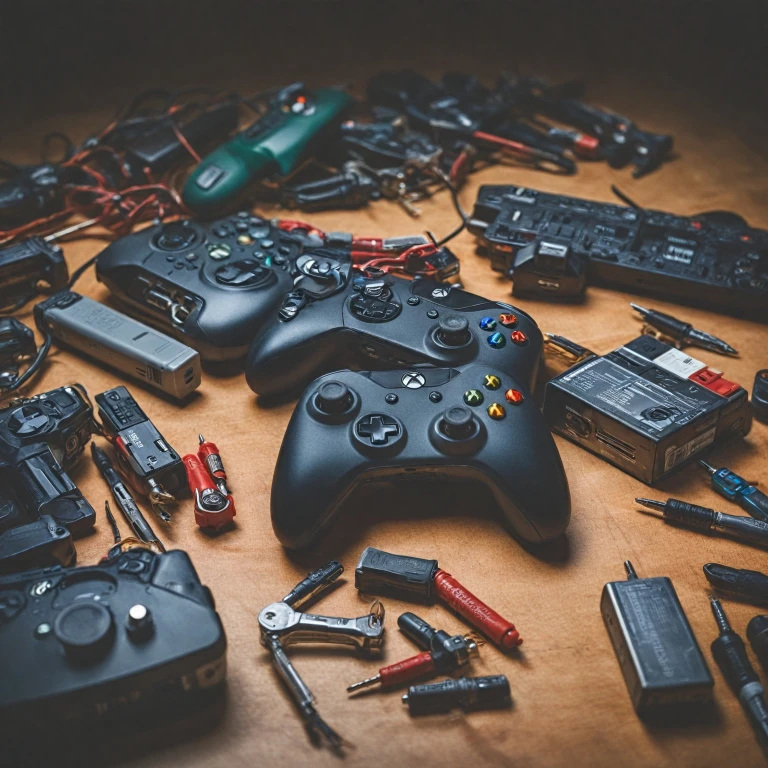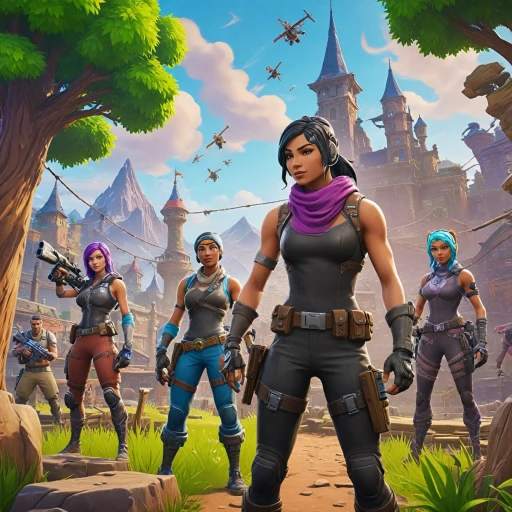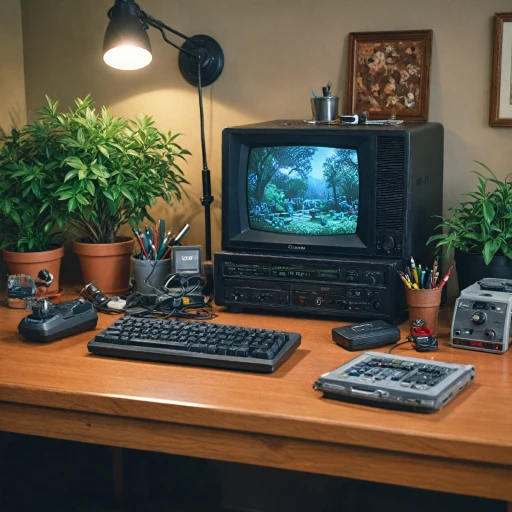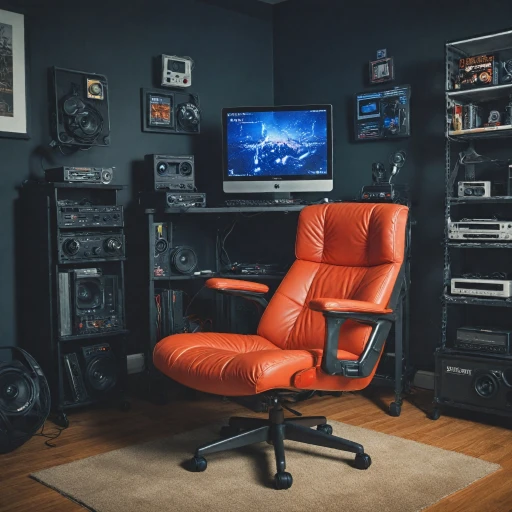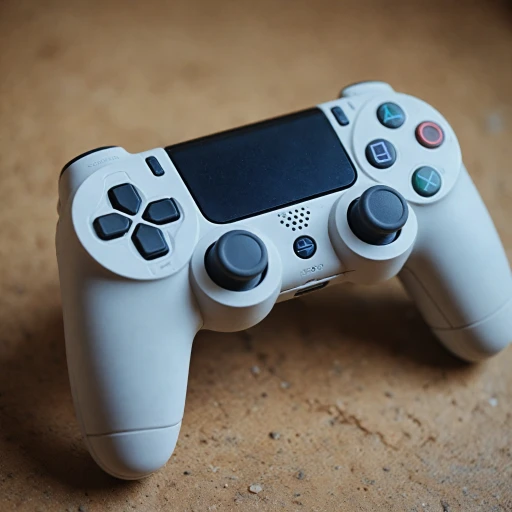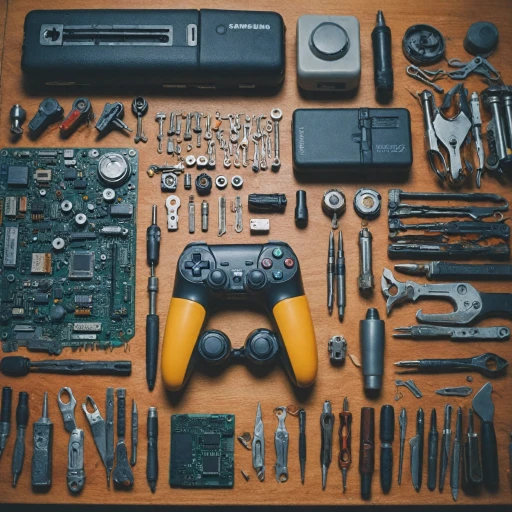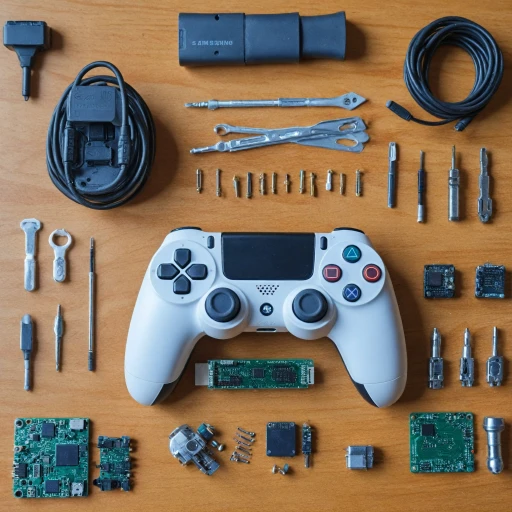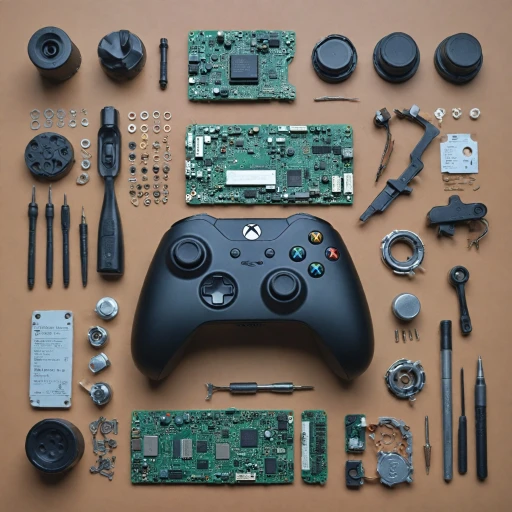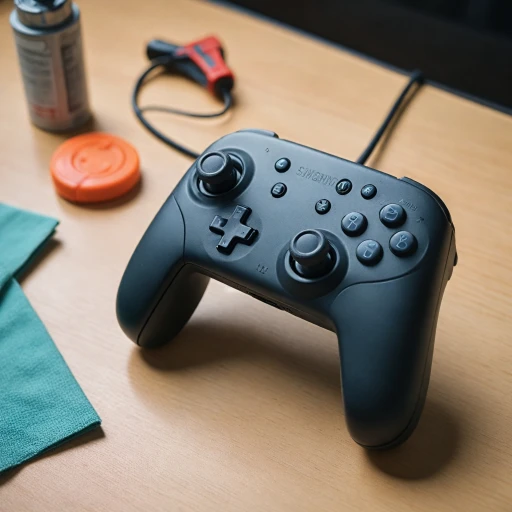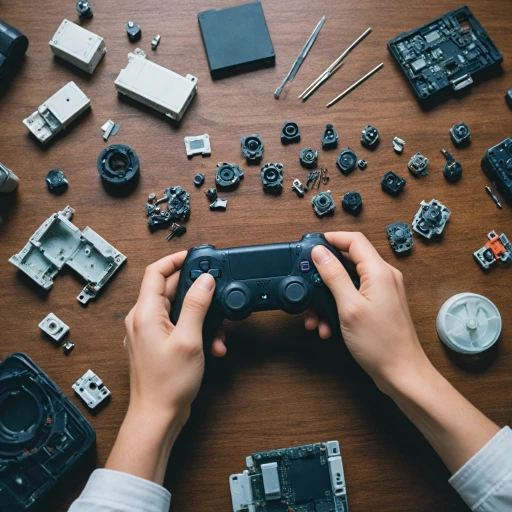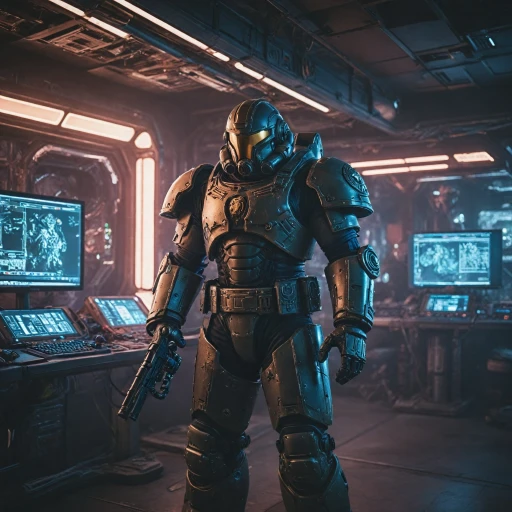
Understanding Common Xbox Controller Issues
Identifying Frequent Troubles with Xbox Controllers
To effectively tackle any problems with your Xbox controller, it's crucial to first understand some of the common issues that users often face. Whether you're dealing with issues related to connectivity, button response, or power, recognizing the symptoms can significantly speed up the troubleshooting process.
Many Xbox enthusiasts experience "drift" or unresponsive buttons, which can stem from wear and tear on the analog stick or the controller's internal components. Furthermore, connectivity problems might arise due to interference or outdated controller firmware, affecting wireless and series controllers alike.
The frequent "won't turn on" issue is often linked to either depleted batteries or a malfunction in the power system. In some cases, a simple examination of the batteries or a quick reset using a USB cable can bring your controller back to life.
These common hitches, while frustrating, provide a starting point for any repair efforts. Understanding the nature of these issues is a forward step towards implementing lasting solutions, as you'll see in the following sections. For more comprehensive solutions, consider referring to the official sources or professionals like Asurion for high-quality controller repairs.
Step-by-Step Guide to Fixing Connectivity Problems
Resolving Connection Issues
Having trouble getting your Xbox wireless controller to connect to your console? A few straightforward steps can help you troubleshoot and fix this common problem. First, always make sure that your console is turned on and that your controller’s batteries are well-charged or freshly replaced. Weak or depleted batteries might prevent your controller from connecting properly.
If your Xbox controller won’t turn on wirelessly, try connecting it to the console using a usb cable. This method checks if the controller can establish a wired connection. If it works, then the issue may lie with the wireless connectivity or the batteries. Unplugging and re-plugging the cable can sometimes help establish a connection, so it’s worth repeating if necessary.
Interference from other wireless devices can also be an issue. Ensure there are no obstructions between your controller and console, and remove other wireless devices from the vicinity to minimize interference. If you’re still having issues, you can visit our comprehensive guide on fixing game controllers for more detailed solutions.
Firmware Updates and Resetting
Sometimes connectivity issues may be due to needing firmware updates for your controller. Updating your Xbox controller firmware can resolve bugs and compatibility problems. To do this, access your console settings, and navigate to devices and accessories. Follow the prompts to perform an update. A simple controller reset can also be an effective solution for various connectivity glitches.
If issues persist despite trying these solutions, then it’s possible more intricate problems are at play. In such cases, contacting professional repair services like asurion for help might be necessary.
Addressing Button and Joystick Malfunctions
Dealing with Button and Joystick Problems
Experiencing issues with your Xbox wireless controller, specifically involving buttons and joysticks, can be frustrating for any gamer. Over time, certain problems such as controller drift or unresponsive buttons may arise.
Here's how you can address these common issues:
- Inspect the Analog Sticks: Controller drift, where the joystick moves without input, is a frequent problem. Gently move the analog sticks around to check for any looseness or misalignment.
- Clean the Controller: Dirt and debris can accumulate under the buttons or in the joystick area, interfering with performance. Use compressed air to gently blow away particles or employ a soft cloth for wiping.
- Check Button Functionality: Press each button individually to assess any stickiness or failure to register. If the button remains unresponsive, it might require controller repair.
- Reconnect for Reset: Unplug the controller, wait a few seconds, then reconnect it using the USB cable. This process can sometimes resolve temporary glitches in button response.
If you're unable to restore the high quality performance of your Xbox controller using these methods, you may want to consider turning to professional controller repairs. Seeking assistance for a schedule repair can ensure that your device is in expert hands for fixing any hardware-related issues.
Battery and Power Management Solutions
Maintaining Power: Top Tips for Battery and Power Management
Ensuring that your xbox controller remains powered and ready for action is crucial to uninterrupted gameplay. Here’s how you can tackle battery-related issues and ensure effective power management.
- Use High-Quality Batteries: Always opt for high quality batteries, as low-grade versions can often lead to frequent power outages. Rechargeable batteries are a sustainable option that also promote long-term savings.
- Avoid Battery Drain: Turn off your xbox wireless controller when not in use to conserve battery life. Remember to exit any open apps on the xbox console that might keep your wireless controller on standby, draining power without your knowledge.
- Consider USB Cable Connections: For marathon gaming sessions, using a usb cable can be a reliable option, enabling continuous play while charging the xbox controller simultaneously.
- Inspect Battery Compartments: Ensure that the battery compartments are free from dust or corrosion, and fit the batteries correctly. Misalignment or debris can cause interruptions in power supply.
- Charge the Elite Series Controller Regularly: If you own an xbox elite controller, remember to charge it regularly using its designated power dock or cable, as neglecting its specific charging needs might lead to unexpected power issues.
By following these strategies, you can minimize power interruptions and focus on enjoying your gaming experience. Should your controller fail to power on after all these steps, it may be time to schedule a repair with certified professionals.
Software and Firmware Updates for Optimal Performance
Regular Updates for a Smooth Gaming Experience
Ensuring your Xbox controller is running the latest software and firmware is vital for avoiding common performance issues. Updating these components can often resolve unexpected troubles with connectivity, button responsiveness, and controller drift. Firstly, make sure your console is connected to the internet. Once connected, check if any updates are available from the settings menu on your Xbox series console. Keeping your Xbox wireless controller updated can greatly enhance its performance and ensure it remains compatible with your games and the console itself. This process can also address peculiar issues like the Xbox button not responding or the controller won’t turn on. For a wired connection, use a USB cable to link your Xbox or Xbox elite controller to your console. This allows access to updates that are crucial for maintaining peak performance, especially when dealing with controller repairs that arise from firmware glitches. If your Xbox controller still exhibits problems even after updates, it might be worth considering scheduling a repair with a professional service like Asurion. They are known for their high-quality service when addressing complex controller repairs. Keeping your controllers updated is key to retaining their high-quality operation, and it can prevent unnecessary trips to repair services. Regular updates from the respective owners of the Xbox series devices focus on enhancing user experience by rectifying minor bugs and optimizing performance. Remember, keeping your hardware and software updated is not just a maintenance task; it’s a strategic step toward a seamless gaming experience.When to Seek Professional Repair Services
Making the Decision: When Professional Repair Is Needed
Addressing issues with your Xbox controller can often be resolved by following troubleshooting steps. However, there are times when professional intervention is necessary. Knowing when to seek expert repair services can save you time and prevent further damage to your device.
- Persistent Connectivity Issues: If you've tried reconnecting your wireless controller, resetting the console or using a USB cable, yet the problem persists, it might be beyond a simple fix. Connectivity issues could indicate a deeper hardware malfunction.
- Severe Controller Drift: While minor drift can sometimes be corrected by recalibrating your analog sticks, significant drift could mean internal wear and tear. Professional diagnostics could determine if a replacement part is needed.
- Unresponsive Buttons: Consistently unresponsive buttons or those that won't turn on regardless of firmware updates or battery replacements may require a detailed inspection.
- Complicated Hardware Problems: Issues like faulty batteries, broken clasps (cls fill), or even power delivery concerns in the Xbox Elite series controllers are best handled by seasoned technicians.
It is crucial to rely on reputable services such as Asurion or certified repair centers that specialize in Xbox controller repairs. They have access to high-quality parts and the technical knowledge required to ensure your device functions optimally. Recognizing when to turn to professionals ensures your gaming experience remains uninterrupted and enjoyable.
